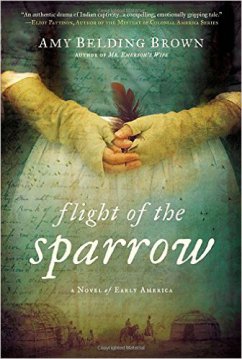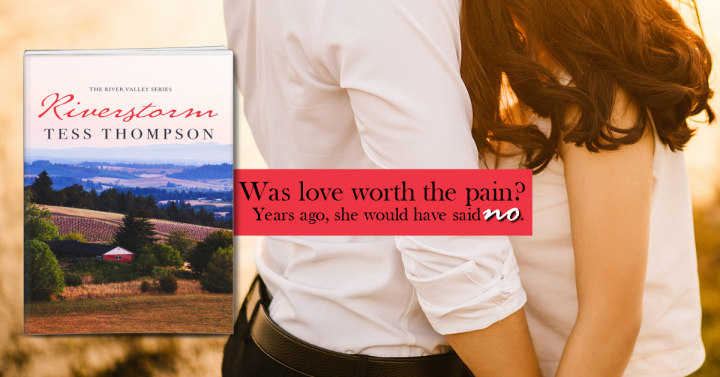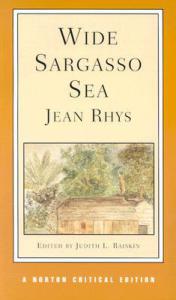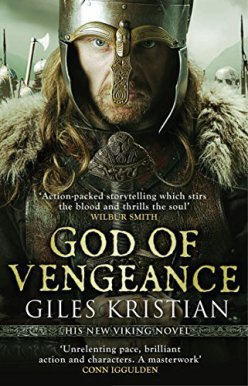 Flight of the Sparrow: A Novel of Early America is largely based on the historical published account of Mary Rowlandson’s experience as a captive of Native Americans in 1676 during King Phillip’s War. Amy Belding Brown has transformed historical documents into the mind and heart of this Puritan woman who suffers many trials during her 11 week captivity. Spoiler alert.
Flight of the Sparrow: A Novel of Early America is largely based on the historical published account of Mary Rowlandson’s experience as a captive of Native Americans in 1676 during King Phillip’s War. Amy Belding Brown has transformed historical documents into the mind and heart of this Puritan woman who suffers many trials during her 11 week captivity. Spoiler alert.
I chose to read this novel for its parallels to my historical fantasy work in progress. My WIP (which I plan to be the first volume in a series surrounding the American Revolution) takes place in the first half of 1775 in and around the Massachusetts Bay Colony. It follows the actions of the Sons of Liberty, in particular Dr. Joseph Warren, British General Thomas Gage, and a brotherhood of banished angels who ally with the patriots as the Revolutionary War dawns.
Those parallels are:
~~~Flight of the Sparrow takes place in 1670’s colonial America in and around the Massachusetts Bay Colony. The subject matter addresses Puritan values at that time. These Puritans were ancestors to men like John Adams, Samuel Adams, and Joseph Warren, and their beliefs remained an influence in late colonial America.
~~~Mary Rowlandson’s narrative A Narrative of the Captivity and Restoration of Mrs. Mary Rowlandson was first published in 1682. It was republished in 1771 and twice more in 1773. In his speech commemorating the second anniversary of the Boston Massacre in 1772 and the fifth anniversary in 1775, Dr. Joseph Warren invokes the image of the Indian as a devil, which was a familiar description in Puritan writings and may have been taken from Rowlandson’s narrative.
~~~The work is clearly historical fiction/fantasy which is my beloved genre.
Historical examination aside, Flight of the Sparrow is written to keep the reader immersed in the time period and the role of women in Puritan society. Mary Rowlandson is depicted as a free-thinking woman who knows her place, but is constantly challenging that place in her heart and mind. The Puritan revulsion for the Indian savages is a mythological subject matter often discussed with perverse curiosity among the women as they work.
Mary, her three children, and friends and family are captured by Native Americans in January 1676, during a raid on the town of Lancaster where she lives with her husband, Joseph–a Puritan minister. Joseph is in Boston to plead for protection from the Indians at the time of the raid.
Mary’s terrible struggle with her dying 6-year-old daughter, Sarah, is heartbreaking as she carries the body of her mortally wounded child through the wilderness for days until the child finally dies in an Indian wetu. The suffering of some of the other captives, such as Ann Joslin who is heavy with child and subsequently clubbed to death by Indians when she begs to be released, is difficult to take.
Mary’s constant worry for her captive children, Joss and Marie, is not portrayed in my opinion, as being as much of a burden as her starvation, wavering faith in God, and sexual attraction to an Indian man named James. Her enlightenment to the manner in which Indians raise their children with open love and tolerance, and the freedoms the native people enjoy, is a recurring theme even after her redemption.
Her husband, Joseph, is portrayed as unfeeling, even emotionally cruel, toward his wife as she struggles with her return and assimilation into society. He suspects her of being “violated” by the Indians although she assures him time and time again that she has not. Her husband’s sexual aloofness, in a manner, justifies her continuing longing for James and the realization that she is in love with this Indian man who was raised and educated among the English, participates in her redemption, and comes to her in the dark of night to taut her feelings for him.
The Puritan minister, Increase Mather, asks her to write a narrative of her experiences that he will transform into a lesson of God’s will. She hesitates to do so, but eventually gives in under a barrage of encouragement from Joseph, who tells her that this is a way for her to be socially accepted once again. It will allow those who gossip and look down on her, to see that God guided her during her captivity.
Mary doesn’t mourn Joseph’s sudden death in 1678. Instead, she sees his death as freedom from the chains that bind her. Indeed, she later marries, Samuel Talcott for love and the opportunity to mother his 8 children.
Flight of the Sparrow is beautifully written and emotionally exhausting as Mary Rowlandson bravely follows her heart to a happy ending.
Share this:





